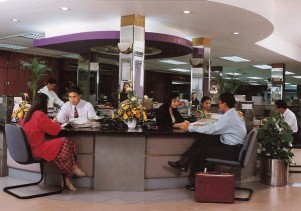At a simple ceremony in Kuala Lumpur on 30 August 2007, CMS Cement Sdn Bhd signed a share purchase agreement to buy 100% equity in Sarawak Clinker Sdn Bhd, 33% from Mirzan Mahathir and 67% from Maybach Investment Co., which was represented by Raymond Ang of the Philippines-based conglomerate, San Miguel Group. The decision to buy Sarawak Clinker Sdn Bhd was based on the desire to make CMS Cement Sdn Bhd a more efficient, low-cost integrated cement producer. By having its raw material supplied in-house, CMS Cement Sdn Bhd became able to better ensure the quality and reliability of its product mix beyond Portland Cement. CMS acquired Sarawak Clinker Sdn Bhd in November 2007 for RM110 million on a willing-buyer-willing-seller basis. The plant had an annual rated production capacity of 800,000 MT per year and produced an average of 2,500 MT of clinker per day. It remains East Malaysia’s sole producer of clinker. In 2008, Sarawak Clinker Sdn Bhd was renamed CMS Clinker Sdn Bhd. Next to the clinker plant at Mambong are CMS Clinker Sdn Bhd’s own quarrying concessions of key raw materials – limestone, shale and sandstone – covering 78 hectares. Under CMS, a team of 260 staff operates the clinker plant in three shifts per day. Following its acquisition of the plant, CMS spent RM70 million from 2012-2013 to increase its capacity to 900,000 MT a year and enabled it to be fuelled by locally sourced lower-calorific- value coal as opposed to higher-calorific-value coal, which would need to be imported at a higher cost.
























